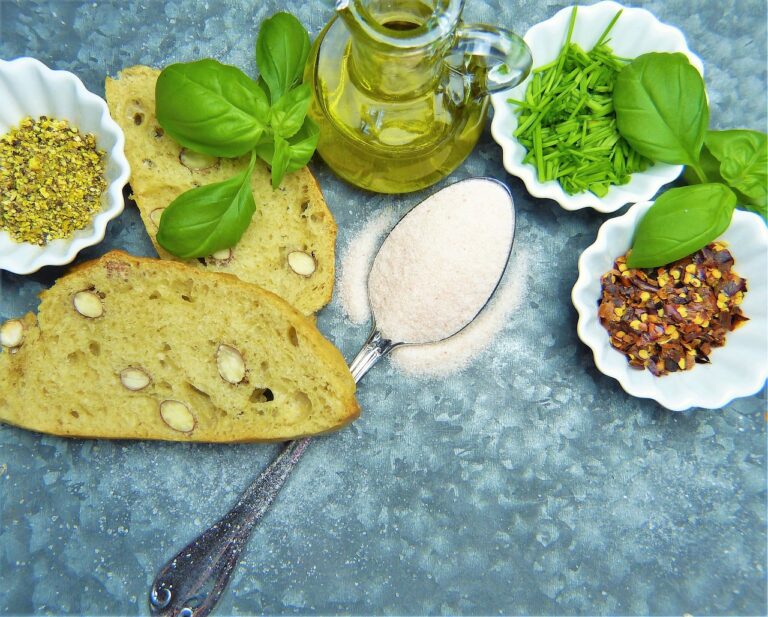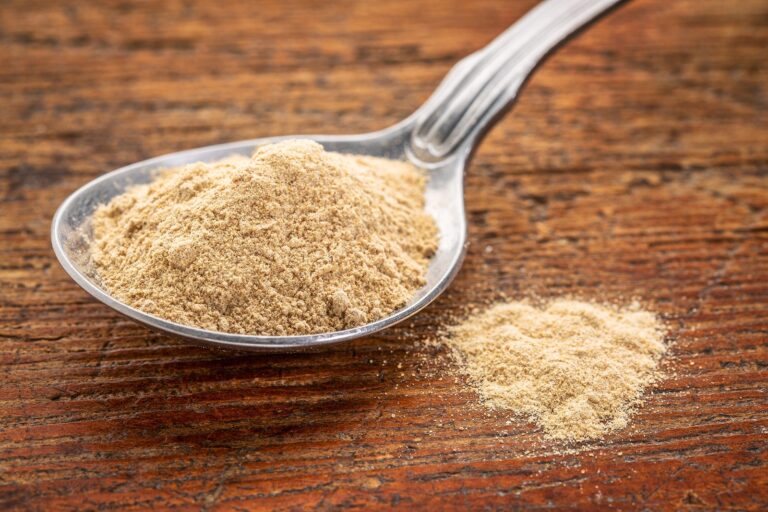Your basket is currently empty!
While both can accomplish similar tasks, overall, a blender is a more versatile kitchen appliance, whereas a juicer excels in its specific design purpose - extracting juices.
Juicer
Juicers are capable of extracting juice from celery, pomegranates, ginger, carrots, and other healthy foods, transforming them into sweet and tasty beverages while leaving behind pulp that can be reused or discarded elsewhere in the kitchen. However, be mindful of the sugar content that may be present!
Typically, it takes about 1-2 kilograms of oranges, roughly 4 to 5 oranges, to yield 400 milliliters of orange juice.
Blender
Blenders can pulverize fruits, vegetables, and any other foods you put into them into smoothies and sauces. They can create thick smoothie drinks without wastage, allowing for better intake of various vitamins.
Blenders can mix pulp and juice together, enabling the absorption of dietary fiber when consumed. According to dietary guidelines, adults can consume 200-350 grams of fresh fruits daily. For example, fist-sized fruits like oranges and apples can be consumed at a rate of 1-2 per day. Other fruits can be roughly estimated based on this standard. Consuming this quantity of fruits not only provides nutrients like vitamins, minerals, dietary fiber found in fruits but also helps avoid excessive sugar intake.
Summary
Although juicers and blenders can perform similar tasks, the different types of juicers and blenders operate differently, so it is important to consider their health benefits and food waste reduction before making a choice.







